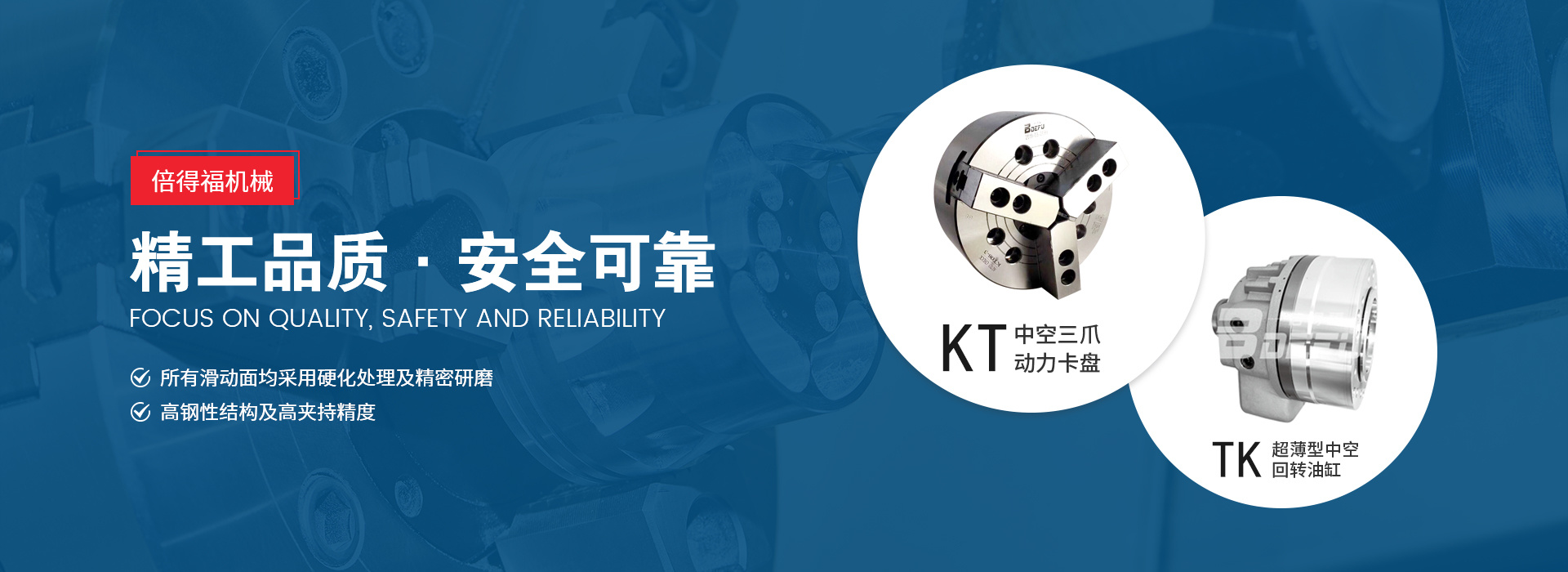Views: 0 Author: Site Editor Publish Time: 2021-11-02 Origin: Site










































CNC lathe chuck is an important device for clamping workpieces. It is mainly installed on the lathe spindle. The rotation of the spindle drives the rotation of the chuck to achieve cutting. So do you know which lathe chucks are more commonly used?

Structurally, it can be divided into: two-claw chuck, three-claw chuck, four-claw chuck, six-claw chuck, eight-claw chuck, etc. So when should these types of chucks be used?
Two-jaw chuck: Used in finishing turning, grinding and indexing head milling, generally with higher accuracy requirements; if accuracy requirements are required for rough machining and invisible positions, a lower-precision two-jaw chuck can be used, and the centering accuracy is not very high.
Three-claw: The three claws of the three-claw chuck can move synchronously to realize the automatic centering function. It has a large clamping range and fast clamping, and can realize mass production and processing. Some bar workpieces mostly use this type of chuck, and it is also the most common fixture currently used.
Four-claw: It can be divided into two types: linkage type and single-action type. Generally, a four-claw chuck can be used to clamp some square or heterosexual workpieces to prevent deformation of the workpiece.
Six-claw and eight-claw: Both chucks have similar characteristics. Increasing the number of jaws is mainly to increase the clamping contact area and prevent the deformation of the workpiece. This type of chuck is more suitable for some thin-walled workpieces.
In terms of power, it can be divided into: hydraulic chuck, pneumatic chuck, manual chuck, etc.;
Hydraulic pressure: large clamping force, stable precision after claw trimming, quick and easy clamping operation, an artifact of mass production of automated equipment, greatly improving production efficiency;
Air pressure: The clamping force is lower than that of hydraulic pressure. The fully enclosed design is less contaminated and the inherent clamping force is still maintained in the event of a sudden power outage;
Manual: The chuck is clamped and loosened by turning the wrench, suitable for rough processing of some rough materials, etc.
Of course, in addition to the above types, there are also some special fixtures that I will not introduce.
To sum up, if we combine them and analyze the usage on the market, the hydraulic three-jaw chuck uses the most common lathe chuck, and its price/performance ratio is relatively high.
